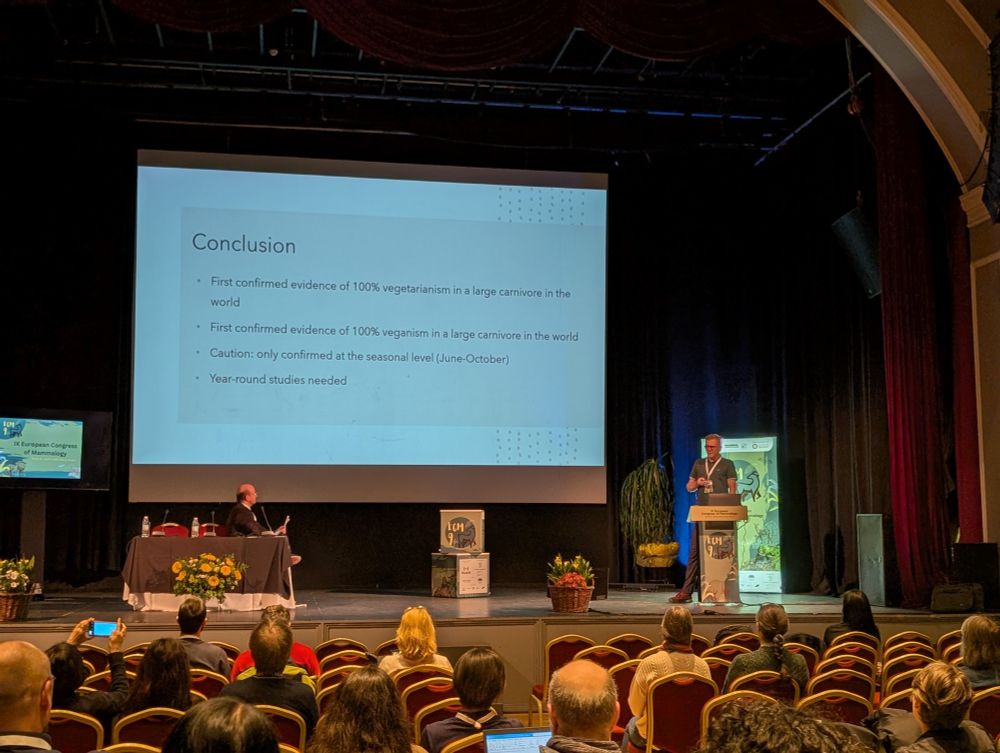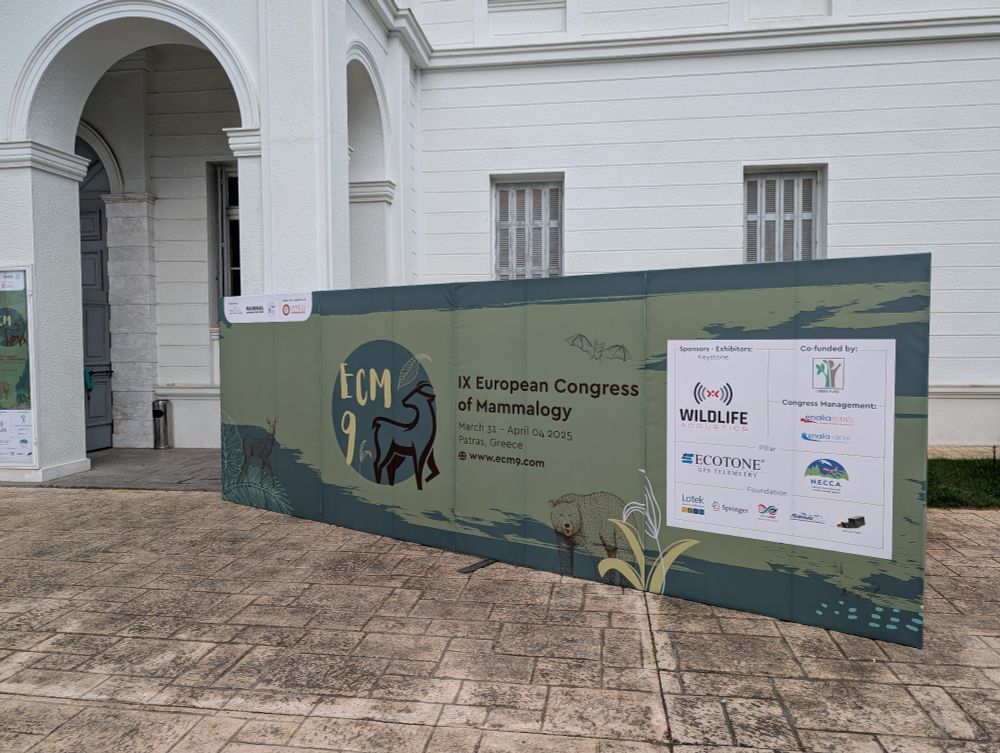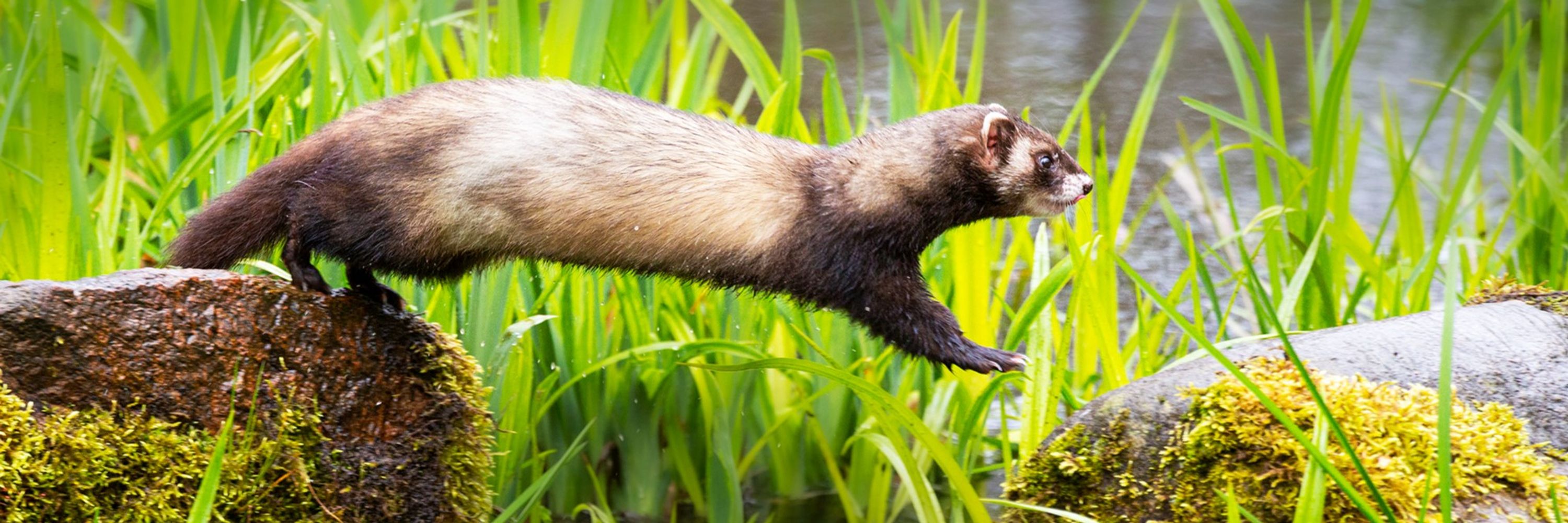
Assoc. prof. @SLU Umeå (northern Sweden). Wildlife biologist with a weird fascination for conservation technology, small carnivores and running in the forest
Using 8 years of camera-trapping data and 60 years of snow-cover data, we show that camouflage mismatch in mountain hares is largest where snow disappeared the fastest.
A thread
onlinelibrary.wiley.com/doi/full/10....

Using 8 years of camera-trapping data and 60 years of snow-cover data, we show that camouflage mismatch in mountain hares is largest where snow disappeared the fastest.
A thread
onlinelibrary.wiley.com/doi/full/10....
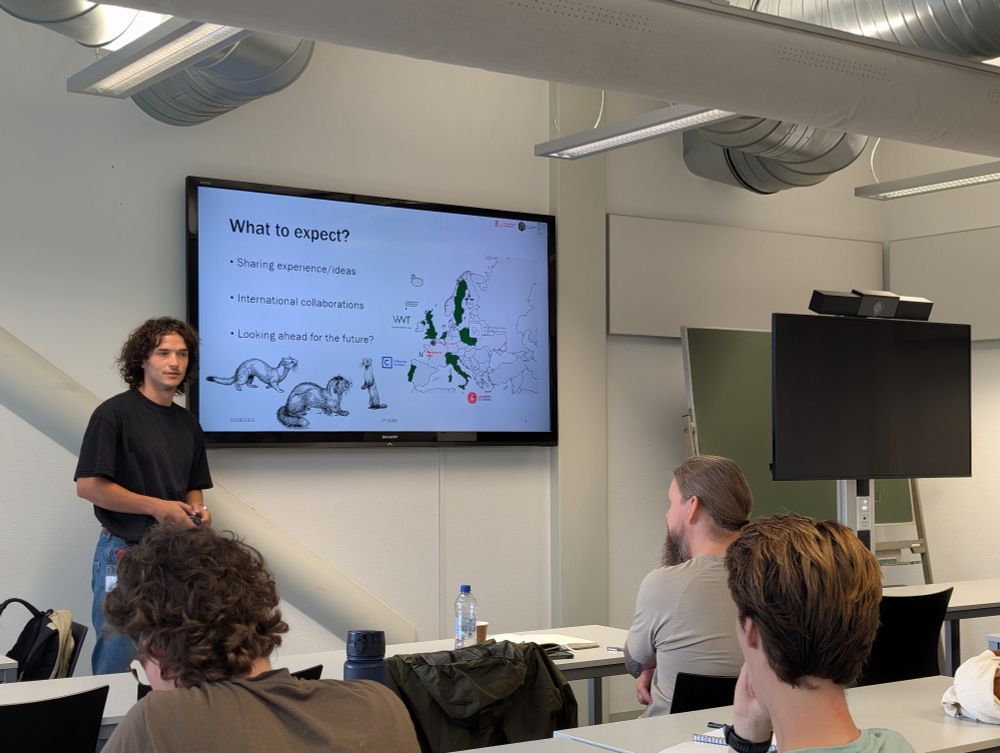
We added a new 5-min format alongside talks & posters to spotlight key research highlights. No Q&A, but each session ends with an informal discussion.
Perfect for early results, bold ideas & big questions! 💡
Acceptances by April 30 📅

✍🏽 w/ Andy Royle, Marc Kéry and Chloé Nater
🔗 dx.plos.org/10.1371/jour...
@plos.org @cnrsecologie.bsky.social @cnrsoccitanieest.bsky.social @umontpellier.bsky.social
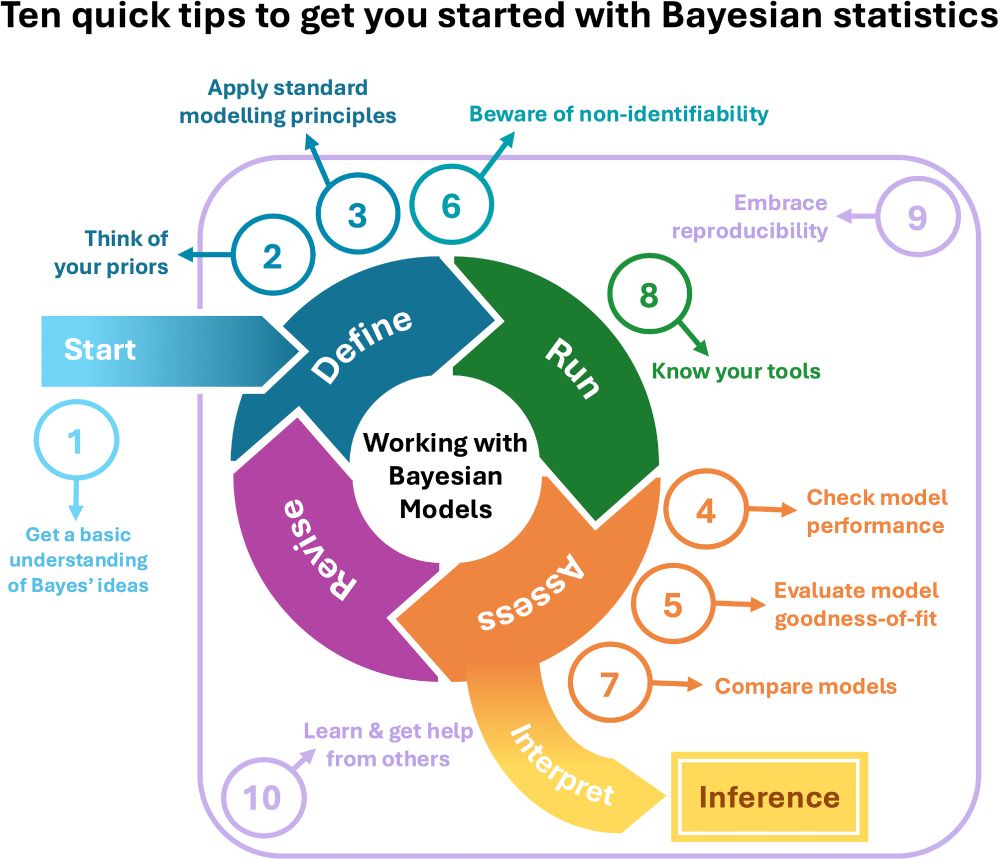
✍🏽 w/ Andy Royle, Marc Kéry and Chloé Nater
🔗 dx.plos.org/10.1371/jour...
@plos.org @cnrsecologie.bsky.social @cnrsoccitanieest.bsky.social @umontpellier.bsky.social
onlinelibrary.wiley.com/doi/full/10....
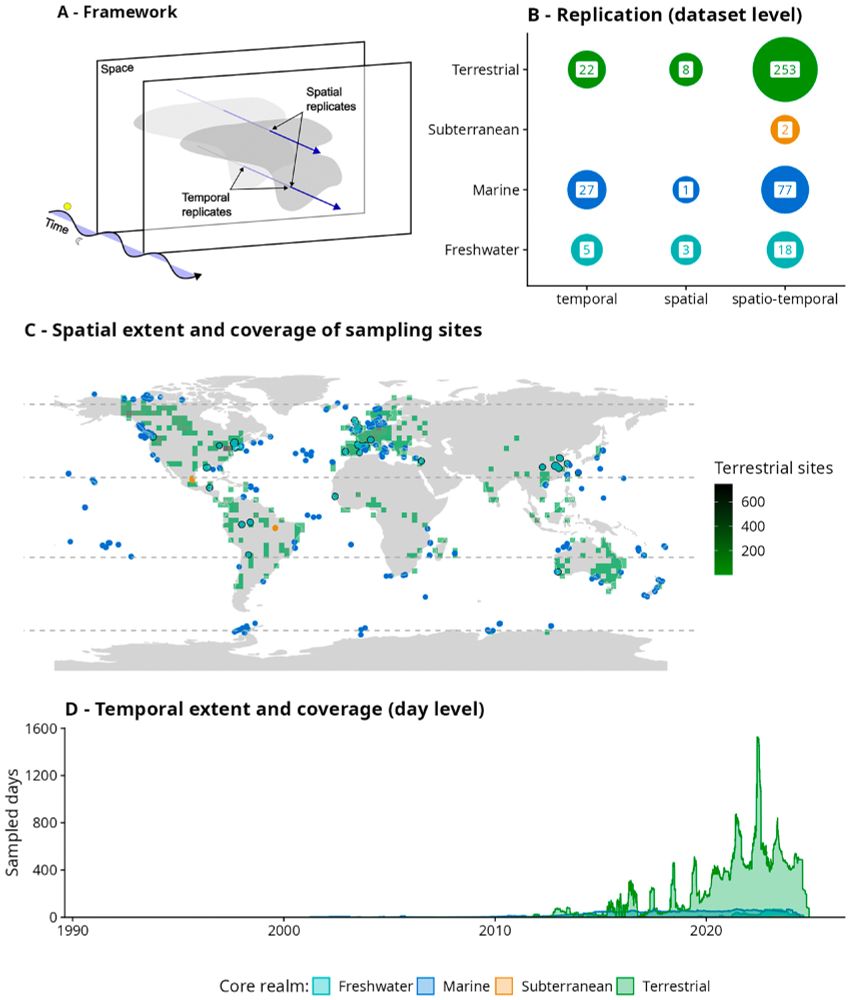
onlinelibrary.wiley.com/doi/full/10....
More: wildlabs.net/discussion/s...

More: wildlabs.net/discussion/s...
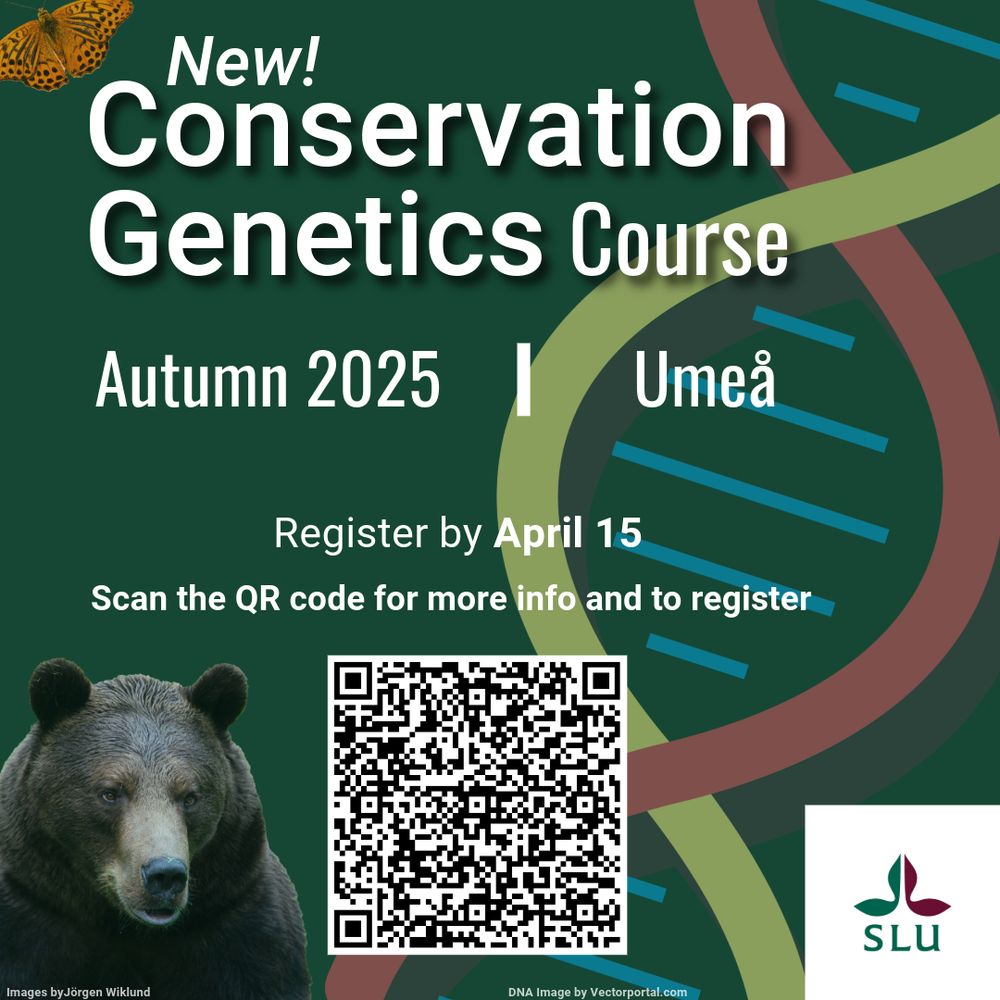
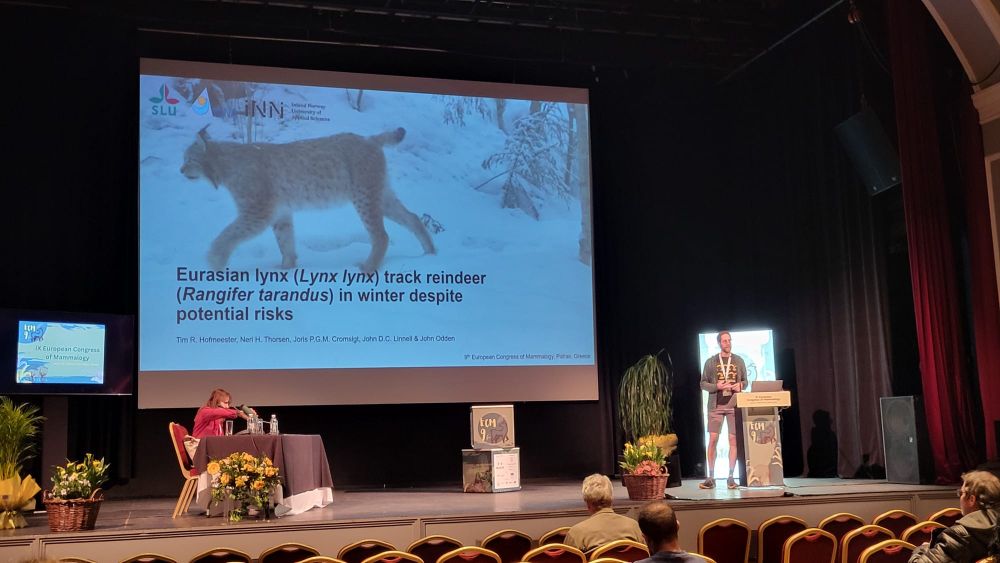
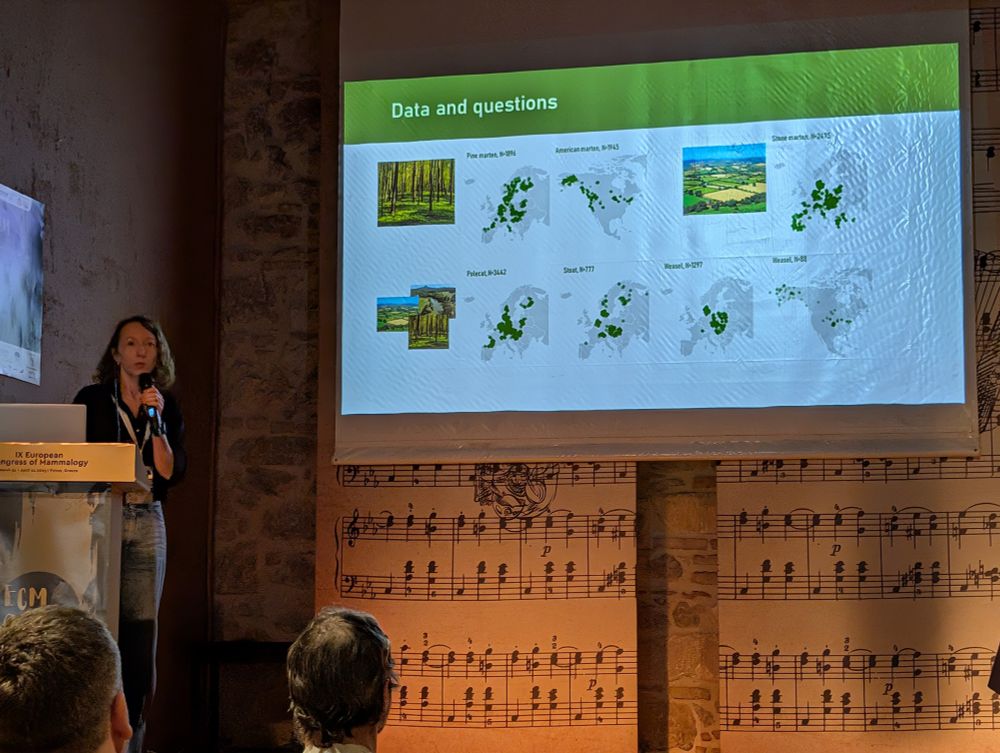
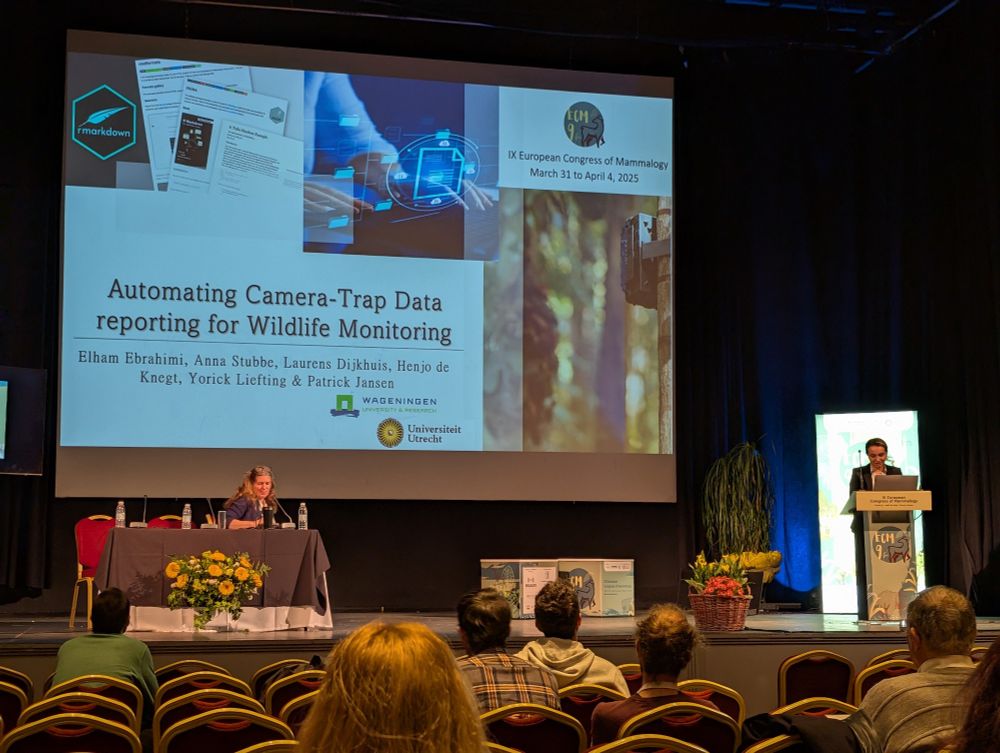
Image of a northern hawk owl I ran into during a morning jog at the beginning of the week for getting people's attention
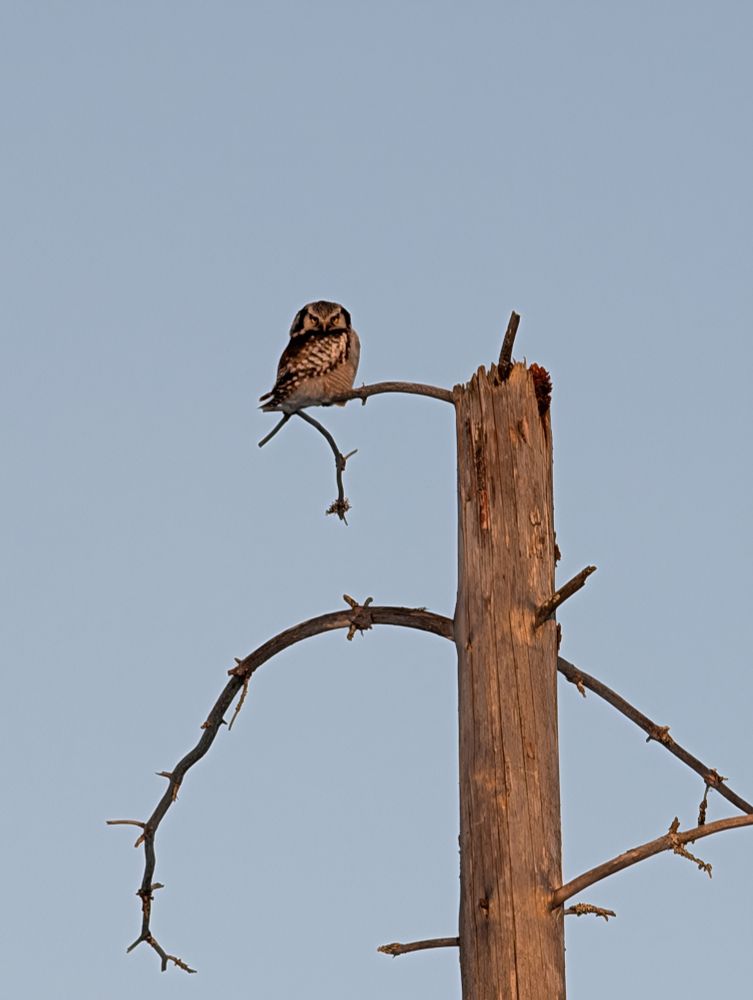
Image of a northern hawk owl I ran into during a morning jog at the beginning of the week for getting people's attention


